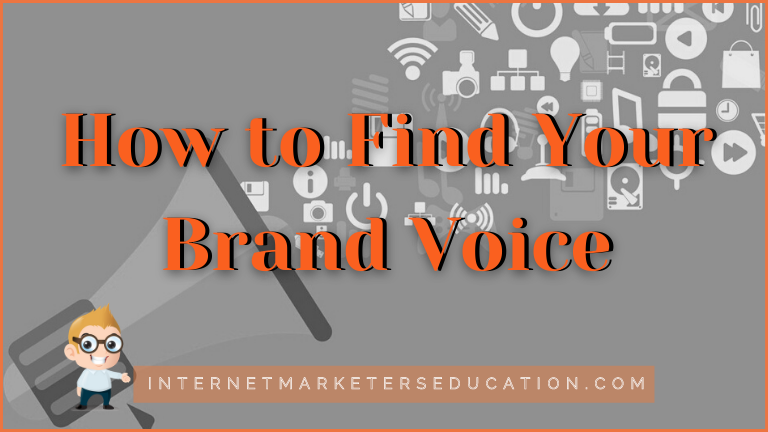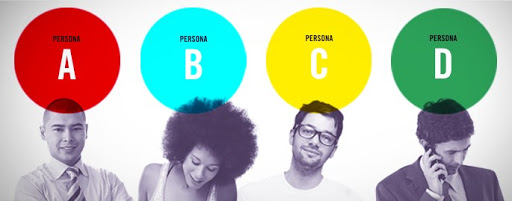
How to Find Your Brand Voice
Creating your brand voice is an important part of crafting your overall brand. Your brand is a combination of everything that causes your audience and customers to have an emotional and psychological relationship with you, and which gives them specific feelings. Essentially, your brand is your business’s personality.
What Is Your Brand’s Persona?
Is your brand casual, serious, or playful? Does the brand have a serious tone, or a casual tone, or something else? What type of language does your brand use? Is it simple language, fun language, or more professional and highly educated with long words? Plus, what is your brand’s purpose? Is it to engage or educate, and about what and why?

How Would You Dress Your Business?
You probably are thinking about the fonts, colors, and images that will make up your branding guide. But instead of thinking like that for a minute, what if you see your brand as a person – how would it dress? Dress your business personality how you think they should dress when standing in front of a potential customer. Does your business wear a buttoned-up business suit? Is your business lighter and more fun and likes to wear a pink tutu? How can you represent your business best so that it gives your ideal audience the feelings you want them to have?
What Does Your Audience Care About?
One of the things that are most important as you craft your brand voice is whether it will resonate with your audience. Knowing what your audience cares about, who they hang out with, who they follow, and who they trust will help you discover your brand even more, because when you get into the head of your customers, you can find out what they want.

Try It Out
When you think you’ve developed branding that works, it’s important to test it out. Find a group of people that you know are your ideal audience members – such as people who are on your list, or people who have bought from you, or people who have purchased from your competitors. Show them the branding and ask them what they think. When you get feedback, you can tweak your decisions to ensure they more closely match your audience’s needs.
Your brand voice is how your brand presents itself to others. It’s how others feel when they read your content, buy your products, or engage with you. Knowing how you want people to feel about your brand is how you start, but choosing the right brand voice is always determined by the audience. It doesn’t matter if you like pink or flowery fonts; if your audience doesn’t, it won’t resonate with them at all.

